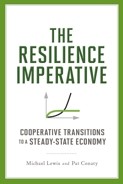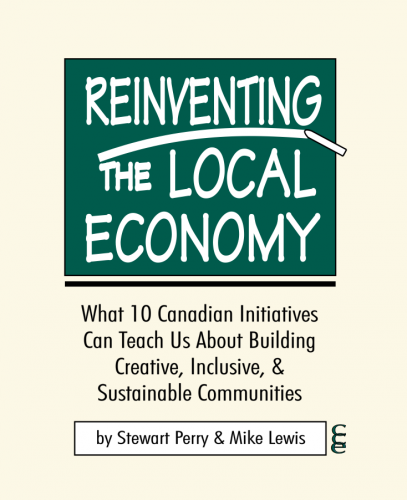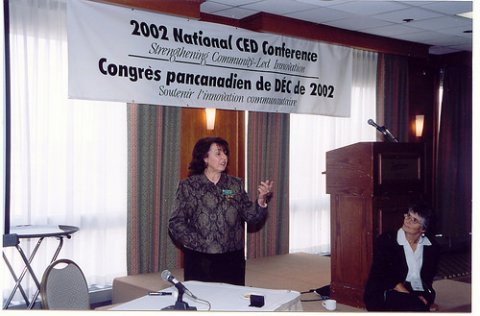 Community activists in Manitoba who understand the urgent need to address our housing affordability crisis have good reason to celebrate these days. The Canadian CED Network along with other community organizations led by Make Poverty History Manitoba, have pushed hard for an increase in shelter benefits for people on social assistance so that they could have better access to a safe and affordable place to live. On June 19th the Province of Manitoba held an event to announce a new program that would do just that, and the Canadian CED Network was there to voice its support.
Community activists in Manitoba who understand the urgent need to address our housing affordability crisis have good reason to celebrate these days. The Canadian CED Network along with other community organizations led by Make Poverty History Manitoba, have pushed hard for an increase in shelter benefits for people on social assistance so that they could have better access to a safe and affordable place to live. On June 19th the Province of Manitoba held an event to announce a new program that would do just that, and the Canadian CED Network was there to voice its support.
Through Rent Assist the Manitoba government will increase shelter benefits for people on social assistance to 75% of median market rent, as called for by the community. We were happy to hear that Rent Assist will actually go beyond what the community called for by allowing low-income Manitobans to continue to access the program even when they move off of social assistance and into training and employment.
Despite strong investments in social and affordable housing in Manitoba, private market rents continue to increase at a rate that forces people with low-income, including many who are employed, to choose between making monthly rent payments or having enough food to eat. Safe and affordable housing is not just a basic right, but also a necessity for people to fully participate in community and economic life.
The Province of Manitoba often refers to employment as the best path out of poverty. As a community economic development network, we actively support the creation of economic opportunities, particularly for those who are most disadvantaged. But we also know that we cannot expect successful training and employment outcomes, for those who are able to work, without stable housing first. Furthermore, we know that there are many people on social assistance who are unable to work.
By putting more money into the pockets of low income people, the Rent Assist program will help meet the housing needs of those who are unable to work, while improving housing stability for those who are able to work, so that they can succeed in their transition to training and employment.
[From left to right] Jobs and the Economy Minister Theresa Oswald;
Karl Anderson, Shoppers Drug Mart employee; Amir Baksh, owner/
operator of two Shoppers Drug Mart stores; Shawn Mahoney,
Executive Director, Opportunities for Employment; and Kirsten Bernas
Even when adequately housed, many people on social assistance face multiple barriers to employment. Transitions to the labour market must be facilitated by supportive training and employment opportunities that consider the need to develop hard, soft and life skills. The Canadian CED Network promotes social enterprise, as one example that has demonstrated significant results. Social enterprise is a mission-driven business model that creates jobs for people with barriers and helps ensure that they succeed in those jobs by providing access to comprehensive supports that will address their barriers. The Province of Manitoba has played an important, supportive role in growing the social enterprise sector and recently announced that it would be working with community stakeholders to develop a Manitoba Social Enterprise Strategy to further develop these training and employment opportunities.
Last month’s announcement included the introduction of Manitoba Works!, a new program to provide people on social assistance with greater access to supports as they transition into more traditional employment. We know that many individuals on social assistance have deep-seated and complex barriers. The Manitoba Works! model acknowledges this reality and will ensure that when participants move into employment, they don’t immediately lose access to the supports they receive during the prescribed training period. This continuity of supports moves us closer to providing what is needed to secure long-term attachment to the labour market, which will benefit both participants and employers, while helping generate a greater return on our investment in employment development for people with multiple barriers.
Together, Rent Assist and Manitoba Works! will help ensure that low-income Manitobans with barriers to employment, are in a better position to access and succeed in training and employment opportunities. These programs complement other important actions that are being taken to help low-income Manitobans access affordable housing and new employment opportunities. We still have a lot of work to do, but these are two examples of initiatives that fit within a comprehensive and integrated package of actions that need to be taken to reduce poverty and social exclusion and build strong communities in Manitoba.
 Kirsten received a BA (Honours) in Economics from the University of Manitoba as well as an MA from the Norman Paterson School of International Affairs at Carleton University in Ottawa. Kirsten represents CCEDNet on the Canadian Centre for Policy Alternatives‘ Alternative Federal Budget Steering Committee, Make Poverty History Canada’s Steering Committee, Make Poverty History Manitoba‘s Executive Committee, and on the Winnipeg Food Policy Working Group
Kirsten received a BA (Honours) in Economics from the University of Manitoba as well as an MA from the Norman Paterson School of International Affairs at Carleton University in Ottawa. Kirsten represents CCEDNet on the Canadian Centre for Policy Alternatives‘ Alternative Federal Budget Steering Committee, Make Poverty History Canada’s Steering Committee, Make Poverty History Manitoba‘s Executive Committee, and on the Winnipeg Food Policy Working Group

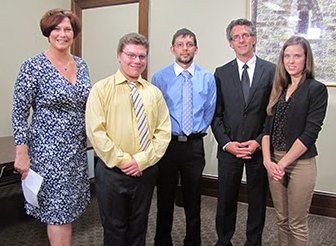


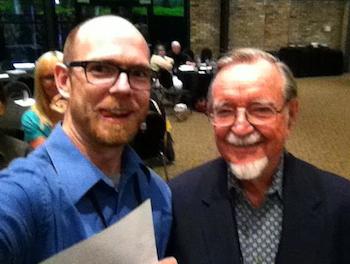
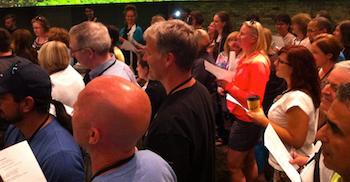

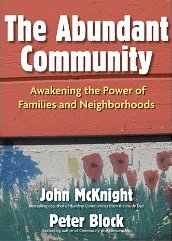

 For more than a decade, CCEDNet has been an active supporter in the development of the
For more than a decade, CCEDNet has been an active supporter in the development of the 

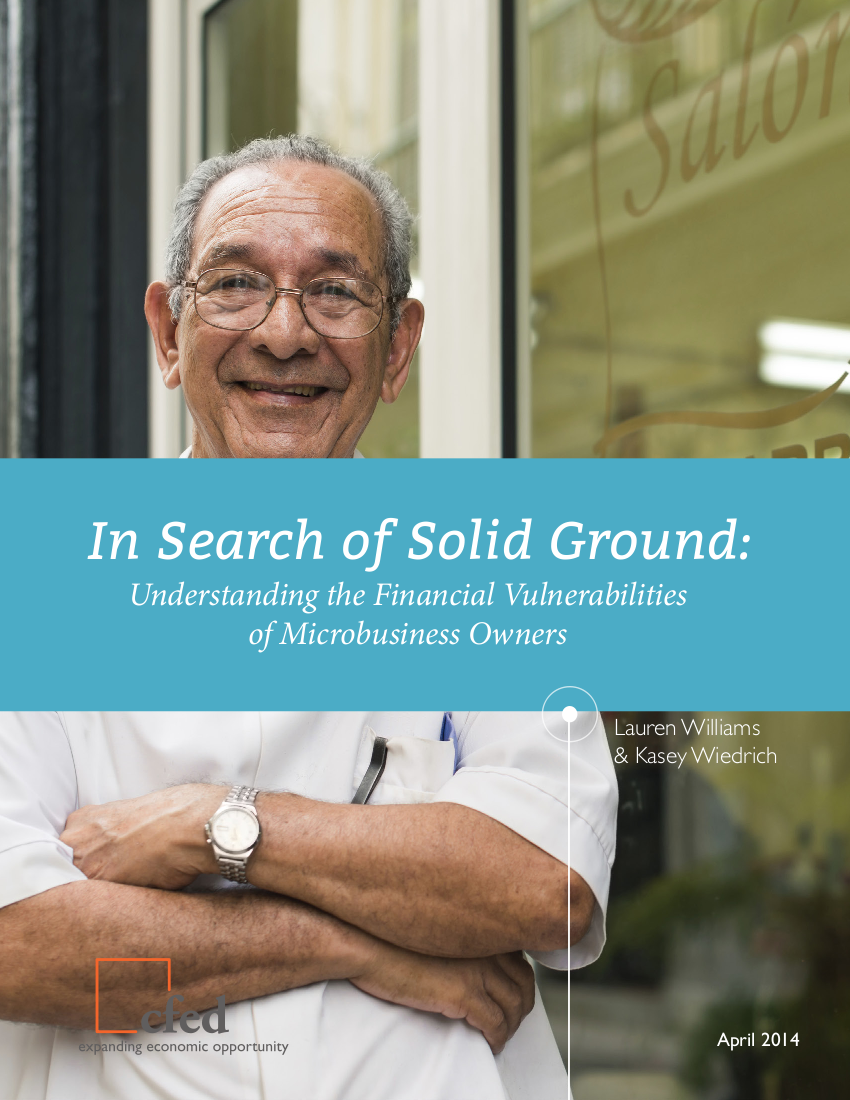


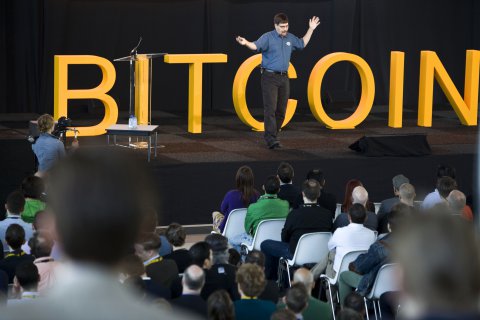


 A new policy, and changes to an existing policy, introduced by the Province of Manitoba will bolster small-business stability in support of community economic development. The two measures included in the Budget 2014 implementation bill – a new Employee Share Purchase Tax Credit and changes to the CED Tax Credit – will stimulate investment in new community businesses and facilitate succession for existing ones, sustaining employment for Manitobans.
A new policy, and changes to an existing policy, introduced by the Province of Manitoba will bolster small-business stability in support of community economic development. The two measures included in the Budget 2014 implementation bill – a new Employee Share Purchase Tax Credit and changes to the CED Tax Credit – will stimulate investment in new community businesses and facilitate succession for existing ones, sustaining employment for Manitobans. Minister of State (Finance) Kevin Sorenson and Minister of State (Seniors) Alice Wong joined forces with Canada’s Financial Literacy Leader Jane Rooney to launch consultations on a proposed strategy to help improve the financial literacy of Canadians. Recognizing the unique and often significant challenges faced by near and current seniors, the first phase of consultations will focus on seniors. Additional phases will follow with an emphasis on low-income Canadians, Aboriginal peoples, newcomers to Canada, and children, youth and adults.
Minister of State (Finance) Kevin Sorenson and Minister of State (Seniors) Alice Wong joined forces with Canada’s Financial Literacy Leader Jane Rooney to launch consultations on a proposed strategy to help improve the financial literacy of Canadians. Recognizing the unique and often significant challenges faced by near and current seniors, the first phase of consultations will focus on seniors. Additional phases will follow with an emphasis on low-income Canadians, Aboriginal peoples, newcomers to Canada, and children, youth and adults.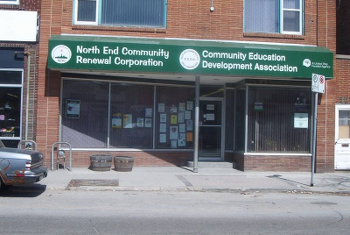





 With that background, hopes were high for NEC’s first conference and Annual General Meeting that took place over the past weekend in Boston. The
With that background, hopes were high for NEC’s first conference and Annual General Meeting that took place over the past weekend in Boston. The 
 Among the 650 participants, there were a good number of Canadians present, many of whom gathered on the grass outside the main plenary hall for our regional caucus on Saturday afternoon to share resources and ideas.
Among the 650 participants, there were a good number of Canadians present, many of whom gathered on the grass outside the main plenary hall for our regional caucus on Saturday afternoon to share resources and ideas. 



